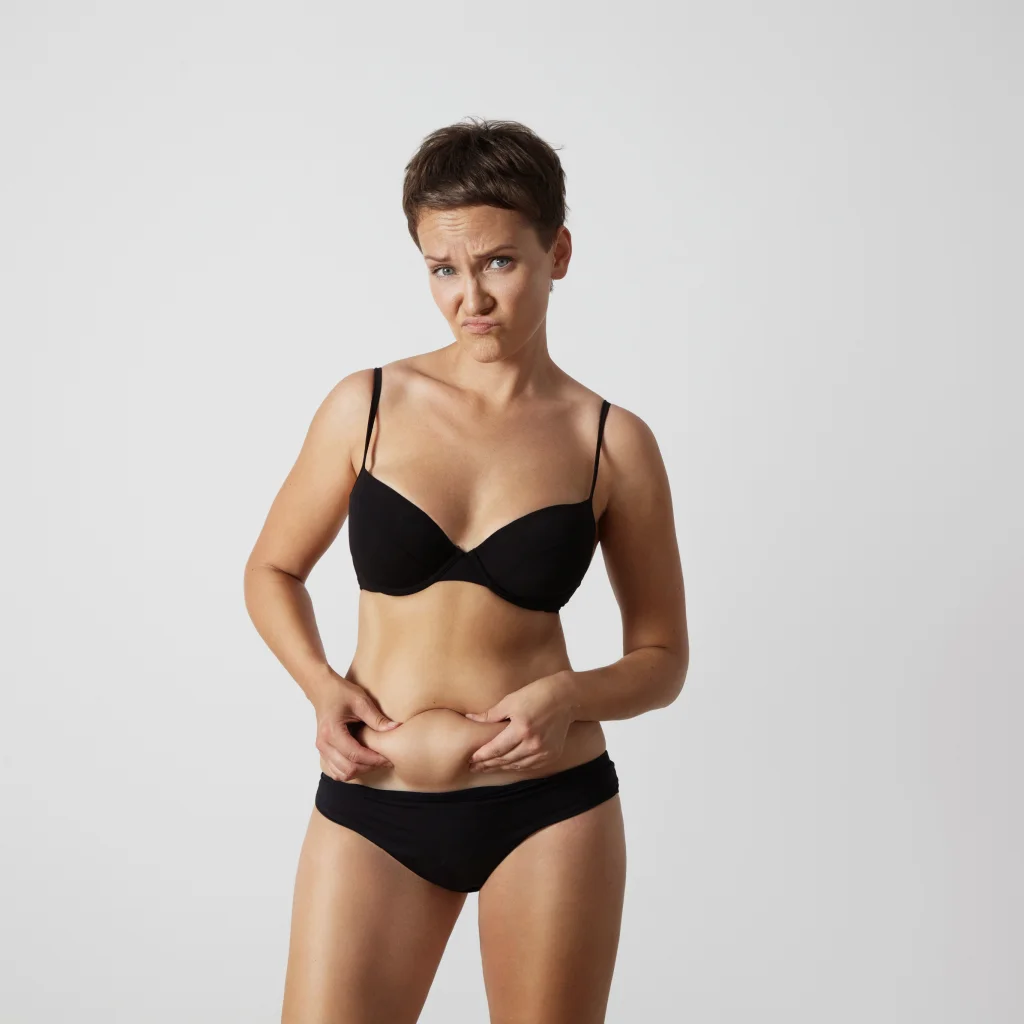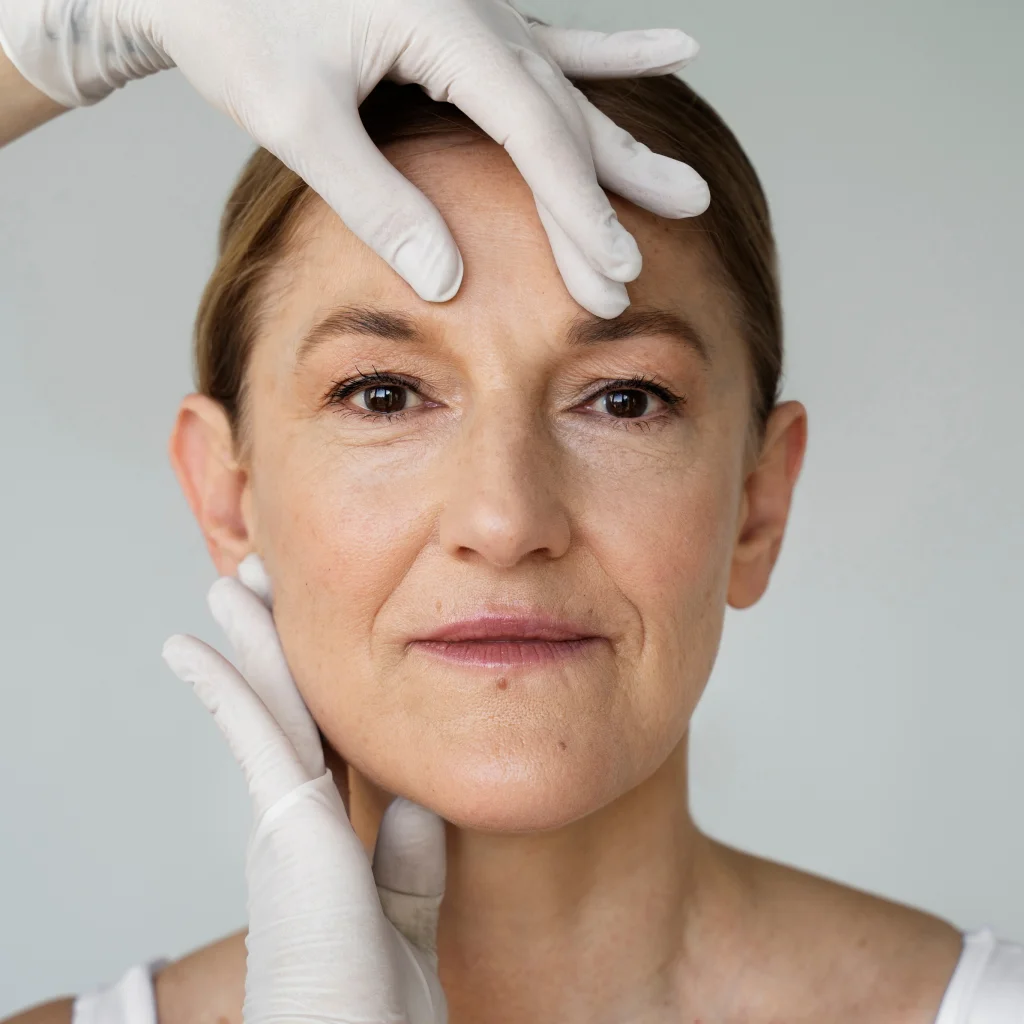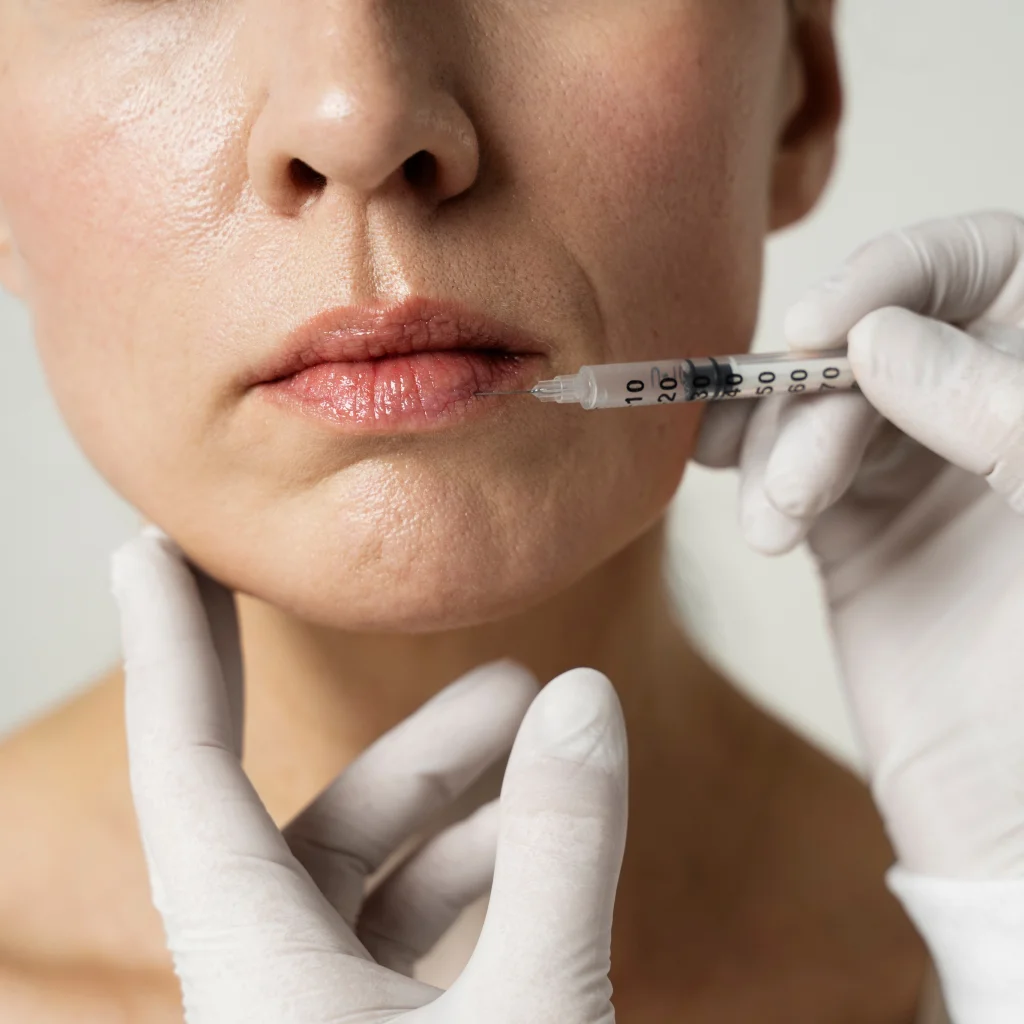Η αναρρόφηση των λιποκυττάρων γίνεται με σύριγγα ή κάνουλα από ένα μέρος του σώματος και μεταμοσχεύονται κυρίως στο πρόσωπο για να «γεμίσουν» οι ρυτίδες, η ρινοπαρειακή αύλακα και διάφορες κοιλότητες, αλλά και σε άλλες περιοχές όπου υπάρχει εμβάθυνση και δημιουργείται παραμόρφωση.







